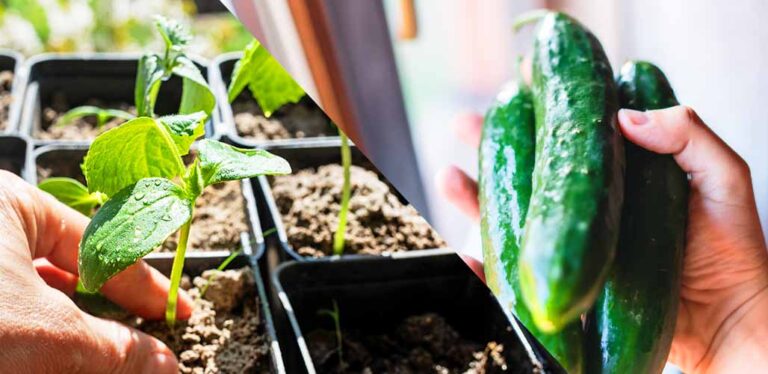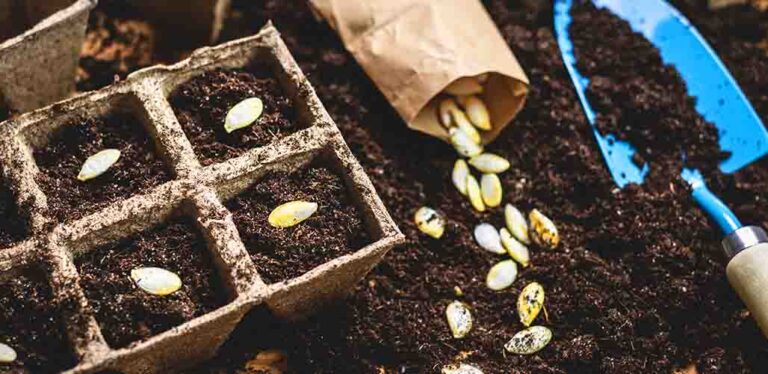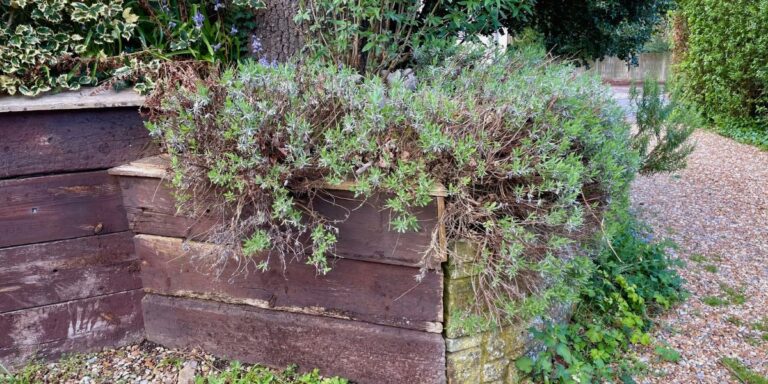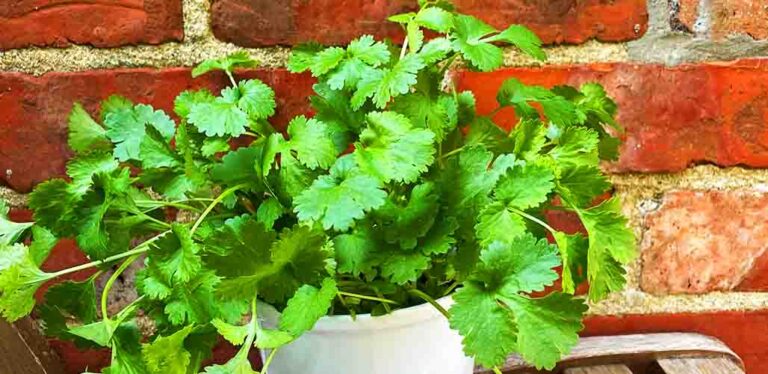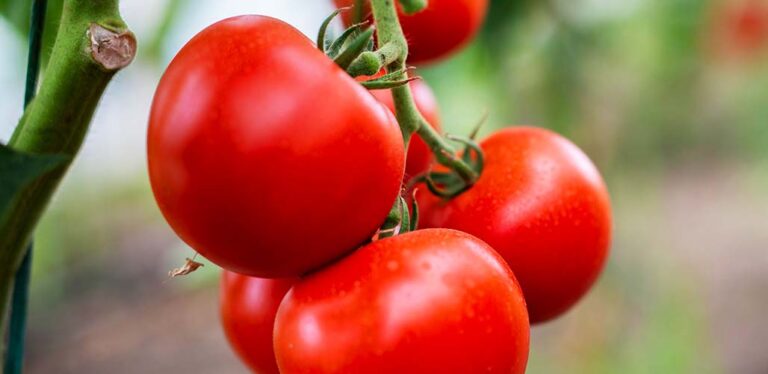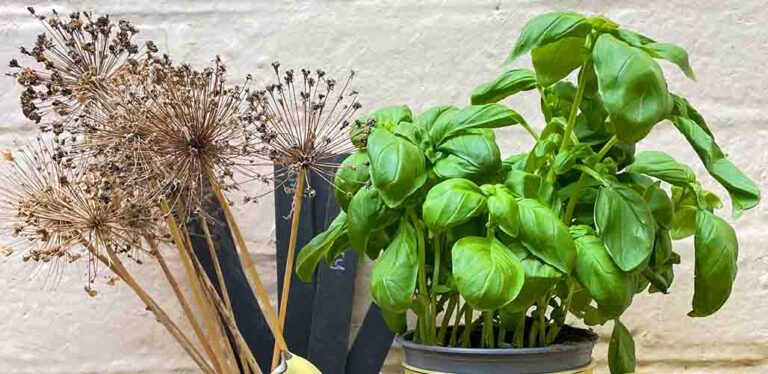Growing Japanese Maple In Pots – A Beginner’s Guide
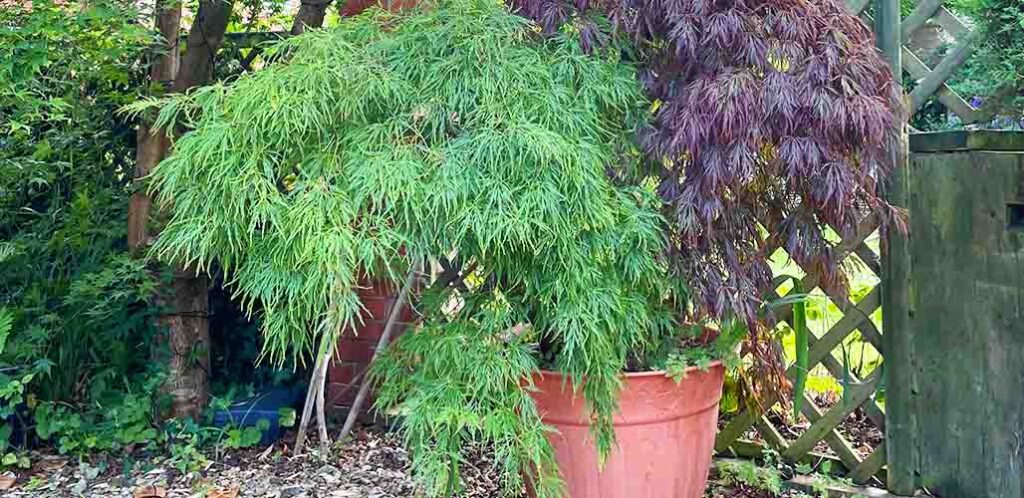
Growing Japanese maple in pots is a great way to overcome having the wrong soil type, or an unfavorable climate for these graceful trees. There are lots of small and dwarf Japanese maples that are suitable for growing in containers. Once potted up they are generally low maintenance and easy to keep looking good year after year. I have several of these dinky acers growing in planters in my garden, and I love being able to move them to a more prominent spot when they’re at their finest. It also makes it easier to protect them from sun scorch and winter kill, and if I ever move out I’ll be able to take one that has huge sentimental value with me. If this appeals to you too, I’ll help you get started with your own container grown maples.
Contents
- What’s great about growing Japanese maple in pots?
- Picking the right plant
- 12 of the best Japanese maples for container growing
- The best containers for Japanese maple plants
- Planting your mini maple
- Caring for your potted Japanese maple
Japanese maples 101
Japanese maples – also known as Japanese acers, or just acers – are a beautiful and diverse group of trees and shrubs. In fact, there are three distinct plant species that are all commonly known as Japanese maples. And within each species there are dozens, if not hundreds, of named cultivars which have been created by selective breeding. The three species are:
- Acer palmatum
- Acer japonicum
- and Acer shirasawanum
You need to know that:
- A. palmatum varieties usually have shrub-like habit, and lots are small enough for pots.
- A. japonicum varieties are more likely to be classically tree-shaped, and lots are small enough for pots.
- And A. shirasawanum are usually too big for pots, with one or two notable exceptions.
What’s great about growing Japanese maple in pots?
I have Japanese maples growing in both the ground and in pots. In my region, we’re lucky to have the option of doing either or both! Here are the reasons why growing them in containers may be the perfect gardening solution for you too:
- Like putting a picture in a frame, planting an acer in a pot draws attention to it. This is especially true for very small varieties, and those with delicate lacy or ribbon-like leaves, which are easily swamped by bigger plants. Creating several focal points in your garden by placing key plants in prominent containers is also a clever technique for keeping visitors’ eyes moving around the garden and making it visually stimulating.
- Putting your maple in a pot means you can have a tree close to your house, with out worrying about the tree, or your foundations! I have my favorite one on the patio where we eat, socialize and relax. Even if I felt inclined to dig a hole in the patio (which I don’t) the soil beneath it would be too poor and shallow for a tree.
- Container planting also means being able get growing conditions just right. These species love slightly acidic soil, sheltered conditions, and mild climates. Growing in pots makes it easier to overcome problems like chalky or limestone soils, high winds, hot summers and harsh winters.
- Growing Japanese maple in pots also means you can keep them when you move. My first Japanese maple (pictured below) was a gift from my parents, and it has lived in three backyards now. So it has special sentimental value, and holds special memories of previous gardens too. But taking established plants to a new home has practical value too – it’s cheaper and quicker than starting again from scratch!
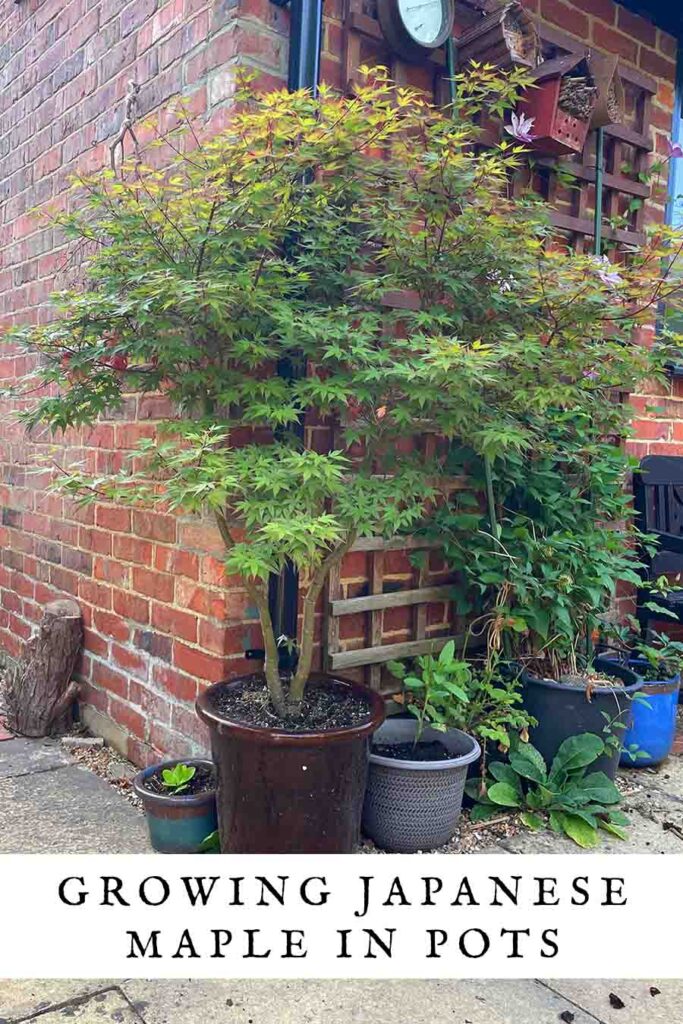
Picking the right plant
There’s a lot of diversity among Japanese maples. You can choose your ideal varieties based on:
- Mature size. Maples with a mature height under 8’ tall are best for growing in containers, with a little judicious pruning to keep them smaller still. But you can also choose from a wide selection of dwarf varieties which will naturally confine themselves to just 3’ or 4’ tall, and these will need no pruning.
- Silhouette. Would you like a single-stem tree, a multi-stem tree, or a shrub? Tall or short? Wide or narrow?Erect or weeping branches? Virtually all possibilities exist, which means that no matter the shape of the space in your garden, there’s a Japanese maple to fill it!
- Color. Japanese maples are famous for the color of their foliage above all else, but some of them have highly pigmented stems and leaf veins too. Look out for all shades of green, pink, red and purple, as well as foliage that is variegated, or has a contrasting color at the edges.
- Leaf shape. All Japanese maples have leaves that are divided into an odd number of lobes or fingers. But the leaves on different varieties vary by how big they are, how many lobes they have, how deeply divided the lobes are, and whether they have smooth, serrated or lacy edges. Some acer leaves even form long twisted ribbons, or looks as feathery as a fern.
- Special features. Japanese maples are generally accustomed to mild climates, so if you live somewhere with hot dry summers or winter temperatures that drop below -10F°, chat to local plant nurseries about cultivars that have a proven track record in your area.
11 of the best Japanese maples for container growing
The sheer number of Japanese maple varieties suitable for growing in pots is astonishing. If you like feeling like a kids in a candy store, you will love shopping for one of these trees. Here are 12 examples of acers which can be grown in containers, and demonstrate the breadth of what’s possible:
1. Aka Hosada
Red- and purple-leaved acers generally need more sunlight than their green-leaved cousins in order to achieve full pigmentation. And this striking example, with narrow, strappy red leaves, is a dramatic and reliable choice for planters in hot, sunny gardens. It will reach 6′ tall, and it’s shape is classically tree-like.
2. Aoyagi Gawa
If you like surprising and unusual plants, this one is going to knock your socks off. Each lobe if its green leaves is so long, fine and narrow that it resembles a blade of grass. On a practical note, this variety is perfect for very small, overlooked urban gardens, because it has a narrow habit (growing 6’ tall and 3’ wide) and its delicate canopy allows as much light as possible through to the plants below it.
3. Bashful
Bashful has a coy name, but lots of special features to shout about. For a start, it grows exceptionally slowly, and stops between 3’ and 4’ tall, so it’s perfect for smaller pots. Next, whilst lots of Japanese maples turn orange in fall, this one has leaves which emerge a pinky orange in spring and keep an apricot hue all through summer too. And finally, it has unusual leaves that only divide into lobes right at the edges, giving its canopy a lush, jungly feel.
4. Beni Hime
Beni Hime means ‘Red Dwarf’ in Japanese. This dinky acer only reaches about 4’ tall at maturity, and its canopy looks like a confetti shower of penny-sized leaves. The foliage starts out pink in spring, and transitions to deep red as summer progresses. Leaves which open on the lower branches later in summer are a vivid apple green. In fall, all the leaves turn bright orangey red then fall off. Truly, every color in one tiny tree!
5. Burgundy Jewel
Burgundy Jewel is technically a vine maple rather than a Japanese maple. However, these two different species are closely related and have a lot in common. Burgundy Jewel earns a place on this list because it has striking dark red foliage, and it is tougher than many true Japanese maples. It can tolerate both hot sunshine and winter temperatures down to -20F°.
6. Cynthia’s Crown Jewel
My favorite acers have acid green leaves with red margins. This is a great example for growing in containers, because it only grows 3’ tall. The foliage has slightly lacy edges, and turns bright orange in fall. Like the name suggests, it is a real gem.
7. Emerald Lace
Emerald Lace is a fantastic all-rounder. It has delicate, cascading, feathery leaves which fade from bright green to yellow, then orange and finally red as the year progresses. At full size it can grow 6’ tall and 6’ wide, but it is easy to keep in check by simply trimming back any branches which outgrow their space. It’s notable for being tolerant of full sunshine in summer.
8. Sango Kaku
Also known as the coral bark Japanese maple, Sango Kaku bears its foliage on beautiful red stems. It will grow up to 12’ tall in the ground, so you’ll need to give it a generously sized container and watch some tutorials about root pruning. But you’ll be rewarding with a tree that’s just as special to look at in winter as during the growing season.
9. Koto Maru
Koto Maru is a sweet dwarf variety which grows wider than it does tall. These proportions are perfect for conjuring up the idea of a Japanese zen garden in your own backyard. Its tiny, 5-lobed, lime green leaves have pink margins. This is a very quintessential Japanese maple, and perfect if you only have room for one.
10. Wilson’s Pink Dwarf
The leaves on this dwarf acer are hot pink when they unfurl, fading to green later in the year, and then red before they drop. It has a bushy shape, but each individual leaf is tiny, so it doesn’t feel bulky, and you could still grow some primroses underneath it without them being shaded out.
11. Ukigumo
Ukigumo is also known as the floating clouds maple, because its leaves start out blush pink and gradually fade to white with just a little green at the center. In autumn they turn a peachy coral color. Perfect for filling with twinkly lights to create a magical, dreamy effect.
The best containers for Japanese maple plants
Japanese maples look good in anything. You could grow them in a sack, and they’d look great. But making a bit of effort to pair them with the right pot not only does better justice to their beauty, but it has practical advantages too.
- Choose glazed clay pots over unglazed terracotta. They hold moisture better, and are less likely to suffer frost damage in winter.
- Plastic pots are great if you expect to move your maple around, because they’re lightweight and durable.
- If your garden is exposed, pick a container which is as wide at the base as it is at the rim, so it doesn’t blow over when the wind catches the canopy of your tree.
- In hot or dry regions, consider containers with a built in water reservoir.
Planting your mini maple
Before planting your Japanese maple, prepare your pot. Your new plant pal won’t want to be left standing in waterlogged soil over winter, so put some gravel or old crocks in the bottom of your pot for drainage, or stand it on pot feet or a pot stand. Put your planter on its feet or stand before you fill it – it’s going to be very heavy when it’s full!
The best Japanese maple potting soil is slightly acidic – they like a soil pH of around 5.5 to 6.5. To achieve this you can either add soil acidifier (sold in plant nurseries and online) to an ordinary tree and shrub potting mix, or you can mix equal parts of a tree and shrub potting mix with a potting mix for acid-loving plants. Plant your Japanese maple so the root flare is level with the top of the soil, or even slightly protruding from it. The root flare is the point where the top most root emerges from the trunk.
Once your maple is planted, water it well, and put a decorative mulch like ornamental bark chippings on the surface of the soil, to prevent water evaporation. Job done!
Caring for your potted Japanese maple
Because your new plant can only use the water and nutrients it finds in its pot, look after it by watering regularly in summer. Depending on the size of the tree and its pot, you might be able to replenish the nutrients available to it by scraping out the top 3 to 6 inches of potting mix each spring, and replacing it with fresh compost. Or, you might need to tip the whole plant out every other year, shake off as much old potting mix as possible, and replant it in fresh soil.
Many dwarf maples don’t need pruning at all, and tampering with them too much usually spoils their natural beauty. But you can do a little light pruning to keep them in healthy condition, and pot-sized. Prune your Japanese maple in early spring, while its structure is easy to see, but it is still completely dormant. Remove any dead or diseased stems, any branches which are rubbing against another and creating a wound, and long limbs that are out of proportion with the rest of the canopy.
Most container grown maples are hardy down to -10F°. If you get colder temperatures than that, or high winds, consider moving your pot into an unheated greenhouse in winter, or wrap it in horticultural fleece gently packed with straw. If you have intensely hot, dry summers, try moving you acer under the shade of a porch or another tree when the sun is fiercest.
Growing Japanese maple in pots – summary
Japanese maples are ideal for growing in pots. There are lots of varieties which stay small enough for a pot without any pruning, and many more which can be kept container-sized with just a little trim in spring. In mild climates they are very forgiving, and don’t ask for much in the way of special care. But your will need to offer them a bit of extra protection in very hot or cold regions. Luckily, growing them in a pot makes this much easier! If you want to move a struggling maple from the ground into a pot, or even the other way round, don’t miss our article on how to move Japanese maples from one spot to another.
Finally, let us know about the container-grown Japanese maples in your garden, using the comments box down below!

